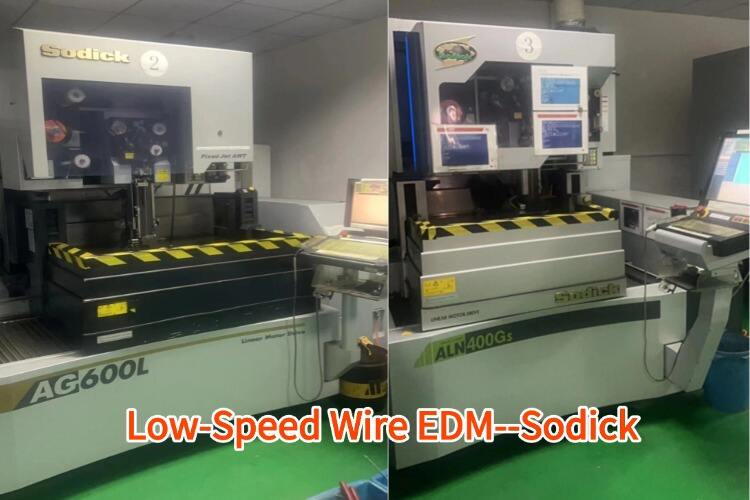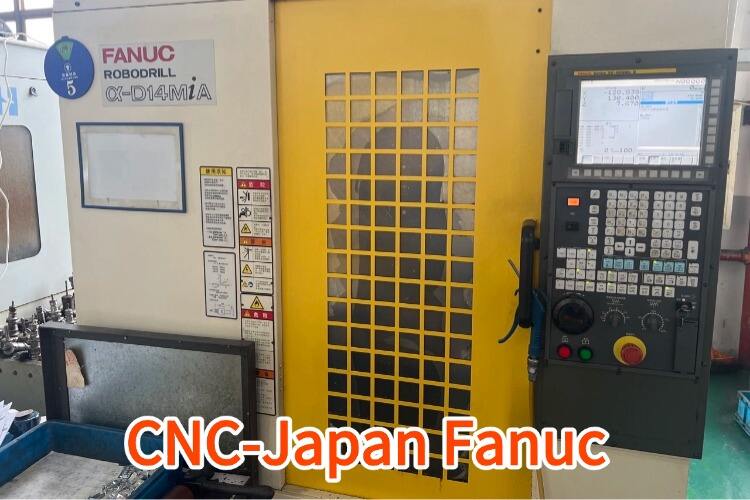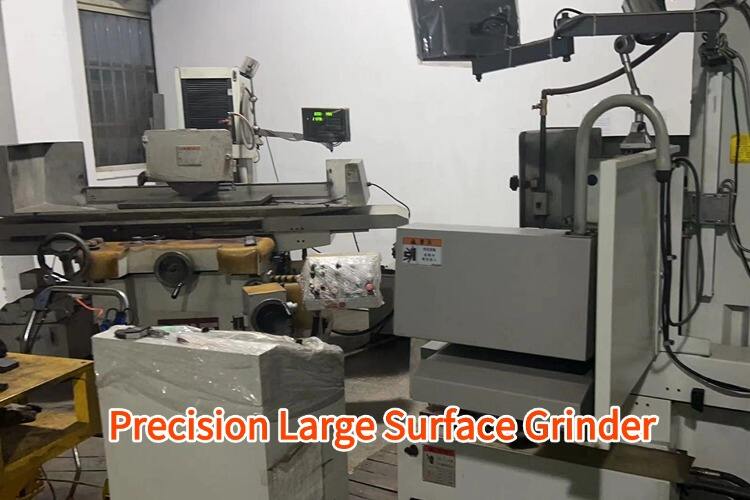hot stamping
Hot stamping is an advanced manufacturing process that combines forming and quenching operations in a single step, primarily used in the automotive and aerospace industries. This sophisticated technology involves heating metal sheets, typically boron steel, to temperatures around 900°C until austenization occurs, followed by rapid forming and cooling in specially designed dies. The process results in ultra-high-strength components with excellent structural properties. During hot stamping, the material undergoes a microstructural transformation, creating parts with superior strength-to-weight ratios and enhanced crash performance. The technology has revolutionized the production of safety-critical automotive components, including B-pillars, roof rails, and bumper beams. Modern hot stamping lines incorporate automated handling systems, precision temperature control, and advanced monitoring capabilities to ensure consistent quality. The process achieves remarkable strength levels exceeding 1500 MPa while maintaining dimensional accuracy and reducing overall component weight. This manufacturing method has become increasingly important in meeting stringent vehicle safety standards and emissions regulations through lightweight construction.


